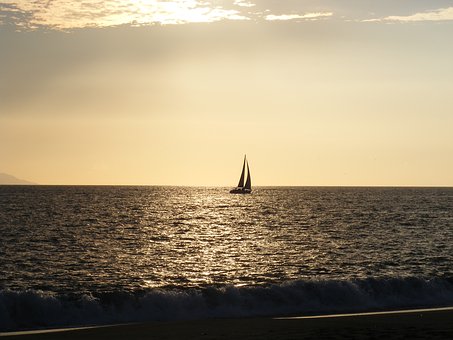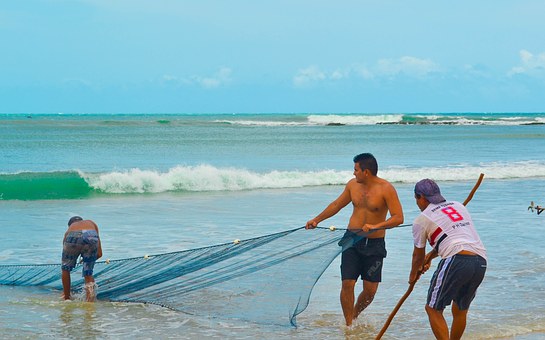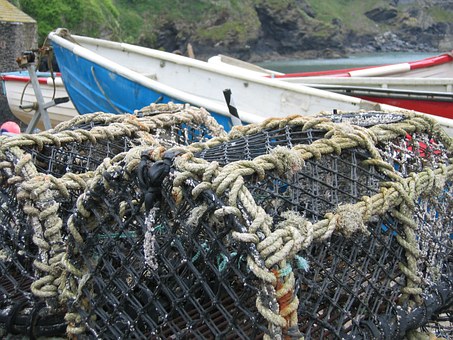Types of Inflatable Boats: Life Rafts

Inflatable life rafts were developed during WW II for the usage of airplane crews in case of emergency
. The incredible number of lives lost in ships and submarines that have sunk and in fighter planes downed before WW II were enough stimuli for the US Navy to improve on the old type of rubber boats.Today, every aircraft, boat, ship and submarine are required to have inflatable life rafts. They have become standard safety equipment for vehicles that traverse in bodies of water. From blue-water cruising ships and boats to offshore cargo ships and fishing boats, each is mandated to carry life rafts. Sailboats meant for racing are also required to carry life rafts. In a nutshell, all water vehicles that carry passengers are required to carry inflatable life rafts in accordance with the Coast Guard's regulations for survival craft on commercial water mode of transportations.
There are two commercial types of life rafts. One is the inshore life raft and the other one is the offshore life raft. Inshore life rafts are generally constructed of light single-layer fabric flooring. The rational is that inshore life rafts are designed for coastal water or any inland body of water where the likelihood of being found or rescued is within a few hours. Offshore models are heavy with two or more tubes and double-layer floor that provides insulation. These models are designed for extended "drifting" into the open sea and are equipped with emergency kits and supplies for survival.
There are three traditional sizes of life rafts for civilian use. They are the single-person life raft for small planes; 4-person life rafts and 6 -8 life rafts for offshore boats with crews. A one-person raft is highly desirable for a small plane. A bigger capacity life raft would be hard to deploy on a small aircraft. Even a larger aircraft would be best equipped with two or more single person inflatable life rafts than one big life raft for ease in deployment.

Life rafts are totally different from those inflatable recreational inflatable rafts. They are not as hardy as a sport boat or soft tail. They are not designed to withstand ultraviolet depreciation and limiting scrapes and scratches are not as important. They are designed to be conveniently stored and easily deployed. Life rafts are generally made of light polyester fabric with a coating of vinyl, urethane or PVC. It can also be made of nylon with neoprene.
What are the features of a life raft? All life rafts are inflated with the use of compressed gas, normally CO2. The inflation system could either be manually activated by tugging a lanyard or it can be automatically inflated by hydrostatic pressure. Life rafts have a canopy that is manually or automatically installed. A form of anchor is integrated into life rafts to restrict their movement from the drop site. Most life rafts have water-ballast system to prevent them from easily tipping over in cases of strong winds and choppy waters.
Containers for life rafts differ. One-person life rafts are small and compact that a pilot can sit on the package. Larger life rafts are stored in valises or in plastic or fiberglass canisters. A valise is normally stored below deck. If the boat's life raft is stored in a valise below deck, make sure it is stored properly for easy access in case of emergency. A better (and more expensive) option is a life raft stored in a canister where the canister is mounted on deck for automatic deployment just in case.
Make sure you have your life raft tested at a licensed facility for test- inflation, necessary repairs and replacement of rations, flares and other kits. A once a year inspection is great but a once every-three year inspection and testing is also acceptable.

For more information about inflatable life rafts please visit:
http://inflatable-boats-kayaks-and-canoes.com/types-of-inflatable-boats-life-rafts/default.php
Types of Inflatable Boats: Life Rafts
By: Alberto Types of Inflatable Boats: Play Boats Types of Inflatable Boats: Rigid Inflatable Boats RIBs Types of Inflatable Boats: River Boats Types of Inflatable Boats: Soft Tails or Dinghies Types of Inflatable Boats: Workboats Adsense Information Don't Miss the Boat on This Cash Machine The Uses of Inflatable Boats: as a Tender The Uses of Inflatable Boats: Backpacking The Uses of Inflatable Boats: Fishing The Uses of Inflatable Boats: Motorboating The Uses of Inflatable Boats: River Rafting The Uses of Inflatable Boats: Scuba Diving and Snorkeling The Uses of Inflatable Boats: Surviving